
Services and Contracts for 2025
A review of the group's achievements from 2024 and looking ahead to the contracts secured for the coming year.
See our latest articles below or select a category

A review of the group's achievements from 2024 and looking ahead to the contracts secured for the coming year.

Our group Company Day was a great event where we reflected on our achievements in 2024 and our strategic direction for the future.
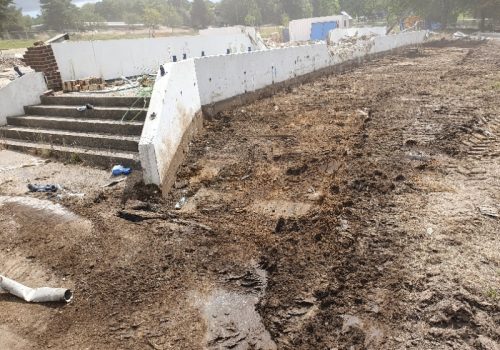
In this informative blog we discuss and explain how to overcome the challenges of developing a brownfield site.
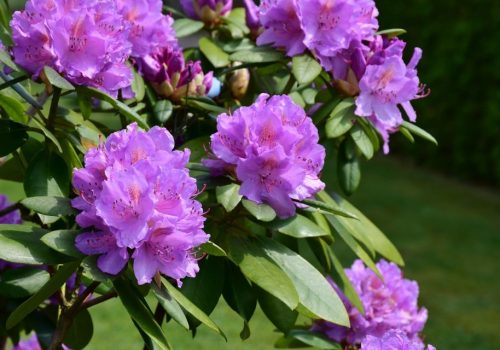
Rhododendron ponticum, with its striking purple blooms, may seem an innocent addition to the landscape, but in reality, it is one of the most destructive invasive species in the UK
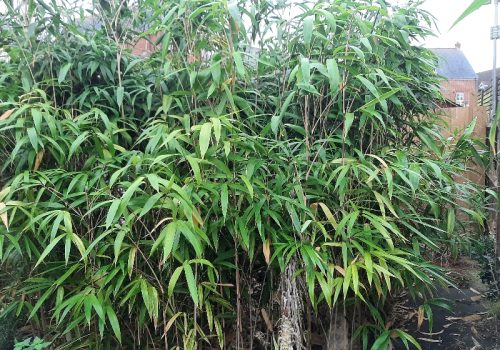
Struggling with a neighbour’s bamboo spreading into your garden? Learn how to remove encroaching bamboo, prevent regrowth, and protect your property from invasive plants.

Peatlands are critical carbon sinks. Discover how innovative local management is securing these vital ecosystems for our climate future.
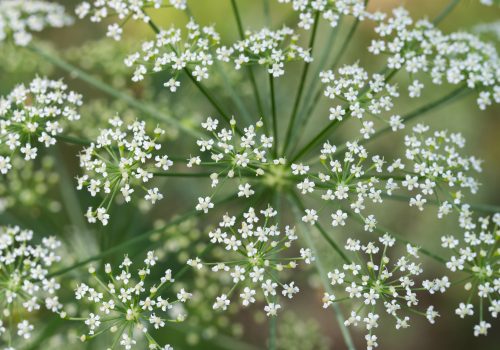
Uncover the traits of invasive weeds, the top five in the UK, and the damage they cause. Learn how to get free ID help and protect your property

Bamboo may look serene, but in the UK, it’s a challenging plant to manage. Learn how year-round bamboo management prevents property damage, protects ecosystems, and keeps gardens thriving.

Bamboo canes can get very large if left to grow. In this article we explain the new legislation around Bamboo and why removing it is important.

Glyphosate remains the most effective herbicide for invasive and urban weed control. As we enter our 15th year of trading discover how we've evolved to use 60% less herbicide.

Removing Bamboo from a homeowner's garden whilst protecting the plants they wanted to keep.

Removing Bamboo from two properties at the same time completely resolved the Bamboo issue for these neighbours.

Invasive plants are all around us. In this article we explain how they can be harmful to both the environment and humans.

Bespoke quadbikes and chemical mix reduces herbicide usage on amenity contracts for councils and local authorities. Discover how it's done!
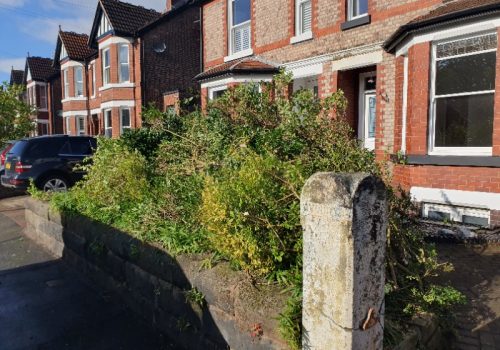
A Bamboo removal project from a residential property successfully carried out without harming the garden or driveway.

In this blog we explain how to kill Bamboo plants and control Bamboo spread, and what stops Bamboo from growing.
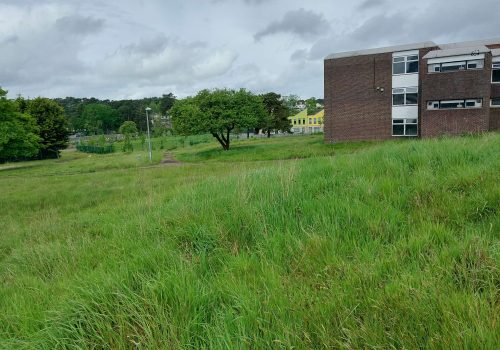
In this case study we see why Horsetail - a highly invasive plant should be completely removed before any development of land can commence.

Find out how invasive rhizomatous plants such as Horsetail and Variegated yellow archangel - that may not be seen over winter - can still be eradicated before the spring growth appears.

When Bamboo stops being an ornamental feature and starts to become a nuisance we can help. Find out more in this project example.

Discover the importance of training your construction teams to identify invasive plants, with professional training.

Bamboo is beautiful, but it can quickly become a garden terror. Learn how to stop its spread and protect your property with expert advice on bamboo encroachment and removal.

Our experts were once again at Birmingham's NEC in 2024 answering questions on invasive plants and contaminated ground removal..

Invasive plants are closer to home than you may think. Find out what could be outside your door in this informative article.

Full excavation involves identifying the extent of contaminants in the soil and completely removing the contaminated soils. This method allows for instant eradication and unimpeded development of the area.

Excavation is an ideal solution to permanently remove invasive plant material and contaminated ground. It is suitable for both residential and commercial projects, enabling change of land use plans and avoiding costly delays to construction.

Holding a range of safety SSIP and industry-related accreditations ensures processes and staff adhere to Health and Safety standards to protect the public and clients during treatments.

Compliance with Health and Safety regulations is maintained, stopping treatments if there is a risk to public health, and avoiding spraying near schools or busy public areas during peak times. Safety is a crucial part of the process

Control methods consider proximity to water, sensitivity to nearby vegetation, infestation size and density, proximity to tree roots, and protected wildlife. Techniques include herbicide application and physical removal.

Methods include cutting by hand, hand pulling, mechanical dredging, covering, full excavation, removal, and biological methods using natural predators. These methods are chosen based on the type of infestation.

Studies show Glyphosate has lower acute and chronic toxicity to humans than most herbicides and many household chemicals. The EFSA has not identified any critical concerns regarding its risk to humans, animals, or the environment.